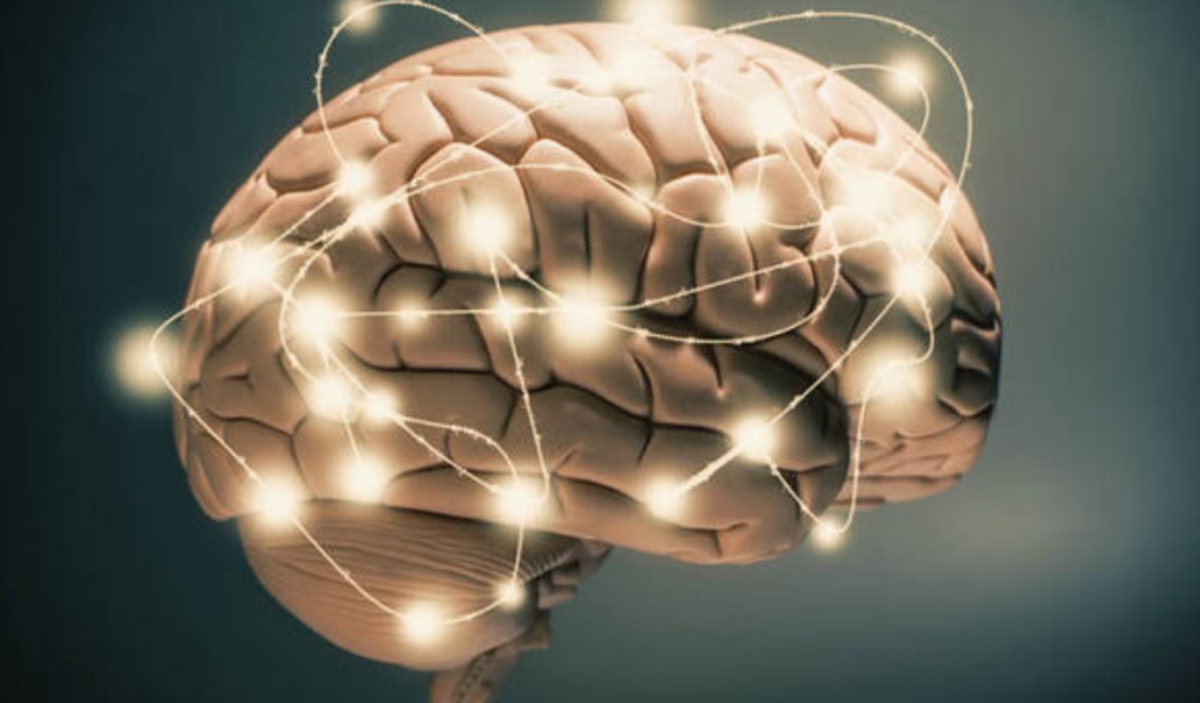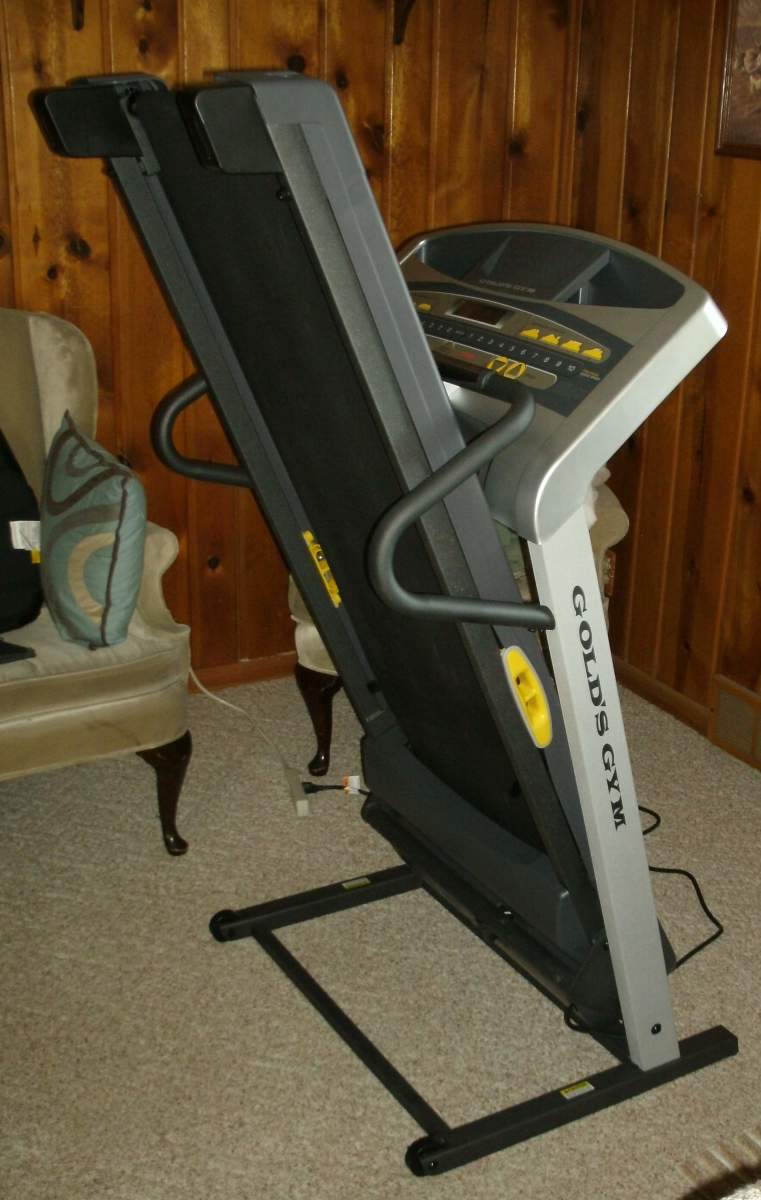How Exercise Improves Our Brains
The Brain Benefits from Exercise
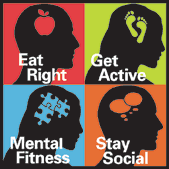
Our Brain and Exercise
Exercise is good for our brain by stimulating our mind mentally, and socially. As we age, our can brain shrink and can cause a decline in cognitive skills related to thinking and memory. Exercise has the possibility of protecting the brain from age related changes.
A study done with 600 participants from age 70 and older, at the University of Edinburgh. Each of the people in the study detailed their regular activities related to physical exercise, mental activities, and social interactions. These same subjects had brain scans done three years later. The result showed that people who did the most physical exercise, even walking several times a week, had less shrinkage in the white matter of the brain. The white matter of the brain makes up approximately 50% of the brain by volume and has much to do with communication.
Brain Cells
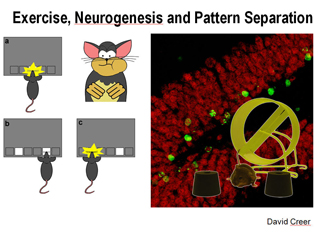
Exercise Releases Chemicals that are Good for the Brain
Although, mental exercise in this study showed no difference in the brain in these older adults, there is a general consensus that these activities may have benefits related to a better quality of life and increased well being. Mental exercise may also show benefits in people who are younger than those in these studies. The study only shows an association, not concrete evidence related to the benefits of exercise, so the researchers couldn’t determine for sure, if people who had less brain shrinkage were more likely to have exercised less.
Exercise helps release neurotransmitters that reduce physical and mental pain. Exercise can reduce depression and can even improve memory. Exercise has been found to generate new brain neurons in runners. Exercise improves the functioning of the brain by enhancing moods through the release of endorphins and generating new nerve tissues.
Neurogensis (growing new neurons) takes place in the hippocampus, where our brain handles learning and memory. It is thought that exercise may stimulate the production of calcium and activate other factors that exist in the hippocampus to create proteins that promote new nerve generation.
Physical Fitness Has Many Benefits
Being physically active has many benefits. Regular exercise has been shown help reduce depression and is associated with better mental health as people get older. Depression is related to low levels of serotonin and norepinephrine, two chemical produced in the brain. Exercising appears to stimulate the sympathetic nervous system, which increases the concentration of these hormones in the neurotransmitter of the brain. Exercise also increases production of BDNF. Serotonin boost serotonin levels, which helps to enhance a better mood. Studies done on rats have proven that exercise combined with the use of antidepressants are very effective for depression. The rats showed a much faster recovery from their depressive behavior compared to the rats who were given medication alone.
Some researcher believe that exercise can trigger BDNF, which helps grow neurons. Studies have shown that depressed women can have their hippocampus in the brain be as much as 15% smaller than women who are not depressed. The smaller size may have a correlation to the length of depression.
How Does Exercise Help Us?
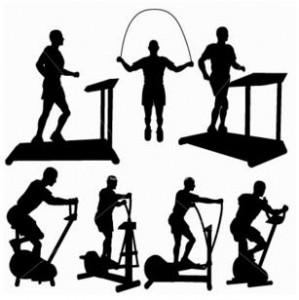
Exercise Produces Endorphins
Exercise also produces endorphins, which are released by the pituitary gland when we are stressed or in pain. Endorphins can be released in under a half an hour from the start of physical exersise. Endorphins take away the discomfort of exercise and can create an exercise high, giving the person a feelin of euphoria.
It is not known if the endorphins create the euphoria or allow the feeling of pleasure from serotonin and dopamine from the neurotransmitters. BDNF does create a loop with serotonin. Endorphins create an addictive feeling, so the brain encourages exercise to fill the need of euphoria again. It has been found that endorphins attach themselves to the same neurotransmitters as morphine and heroin. These opiates are more addictive than exercise. Only about 15% of Americans claim to exercise regularly.
Many people find exercise more uncomfortable because they stop exercising before the endorphins kick in.
Evolution provides evidence that our brains were shaped by the movements we do. Our brain require us to do physical exercise so that our minds and our bodies can function at its best. Anthropologists have always been intrigued by the role exercise plays in shaping the evolution of mankind. In a 2004 two evolutionary biologists, Daniel E.Lieberman and Dennis M. Bramble, wrote an article called “Endurance Running and Evolution of Homo”, theorized that as man evolved to walking on two legs, survived through physical endurance. Exercise enabled early man to hunt easier, mate, and travel distances. Through natural selection, these genes and the ability and need to exercise were passed on to modern man and shaped the human body.
It is also believed that man’s brain became larger because of exercise. When scientists look at the proportional size of man’s brain, a human brain is approximately three times the size of what anthropologists would expect when they look at our body size in comparison to other animals. It is believed that physical exercise may have some part in making our brains bigger. ;When anthropologists used existing data about the size of the brain and physical endurance and made comparisons of other mammals including dogs, cats, goats, rats and many more animals. The findings suggested that there was a pattern among animals that had high natural physical capacity like dogs and rats, also had larger brain sizes given their body size.
Exercise Equipment
Memory and Exercise
In an experiment with mice and rats who were intentionally bred to be marathon runners and then their offspring were studied, the scientists found that after several generations, these rats and mice naturally developed high levels of proteins BDNF, that promote tissue grothn that are related to endurance and are also related to increasing brain growth. Researchers believe exercise may have helped early man become smarter, better fed and more evolutionarily successful. As primitive man became more mobile, they became more efficient, and an ability to understand things better. What was good for man then, is good for us today. As we exercise, we increase our mental abilities.
It is also believed that exercise improves our memory, and that different exercise affects the brain differently. Experiments that were done in the 1990s and still hold up today, show that exercise does build the brain. Mice who were put on running wheels produced more memory cells in the brain than mice that did not exercise.
A recent study done at the University of British Columbia involved participants who were 70 to 80 year old women and had mild cognitive impairment. In a previous study it was found weight training helped improve their ability to recall things.
When they looked at other types of memory and exercise, they assigned their participants to six months of supervised, controlled exercise. Some of the subjects lifted weights two times a week. Some walked, some stretched and toned only.
Before and after the exercise regimen started, the women were given tests. for verbal, and spatial memory. The women who only toned, did worse on the memory test than they had on the tests at the beginning of the experiment.
The women who exercised, whether it was walking or weight training did better on nearly all of the cognitive tests. The women who walked had greater improvements in verbal memory than the women who lifted weights. and both groups improved equally on spatial memory tests. The researchers concluded that different exercise may improve different types of memory, probably because different exercise releases different proteins. .
Exercise is Good for Your Body and Good for Your Mind
Exercise is beneficial in so many ways. So no matter what exercise regimen you pick, choose something that makes you move. It will be good for you body and your mind.







